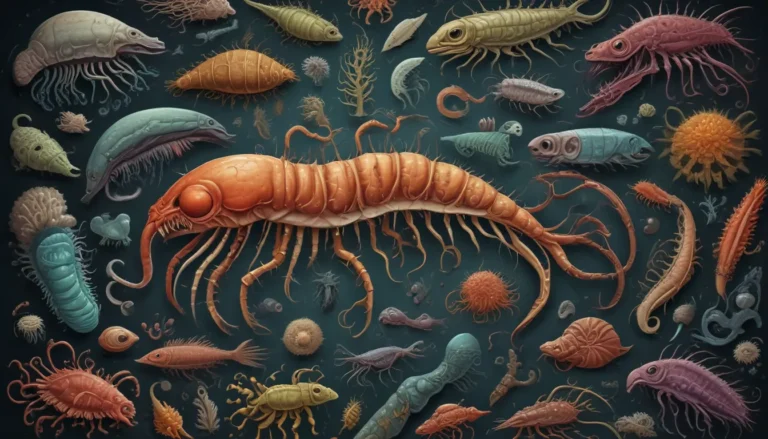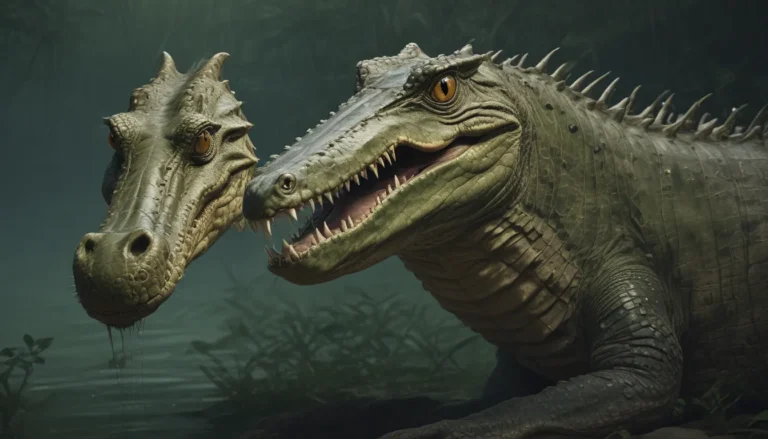The pictures we use in our articles might not show exactly what the words say. We choose these pictures to make you interested in reading more. The pictures work together with the words but don’t take their place. The words still tell you the important facts.
If you have ever encountered tiny, elusive ants scurrying around your kitchen or bathroom, you may have come face to face with ghost ants, also known as Tapinoma melanocephalum. These minute pests have earned their name due to their pale, almost transparent bodies that give them a ghostly appearance. Despite their size, ghost ants can be quite a nuisance in households, infesting various areas in search of food and moisture.
In this article, we will delve into the mysterious world of ghost ants and uncover some fascinating facts about these elusive insects. From their unique characteristics to their adaptive behavior, there is much to learn about these tiny creatures. Join us as we explore the intriguing world of ghost ants and gain insights into their behavior, habits, and impact on their surroundings.
Unveiling the Mystery of Ghost Ants:
Ghost ants are agile creatures that prefer indoor living, making them a challenge to control. Their diverse diet and cooperative behavior within colonies contribute to their resilience and ability to quickly establish new nests. Let’s uncover the key takeaways and interesting facts about ghost ants that shed light on their fascinating world.
Key Takeaways:
- Tiny, Agile, and Elusive: Ghost ants are tiny insects, measuring only about 1.5 to 2 millimeters in length. They are skilled navigators, agile movers, and prefer indoor habitats, making them a common household pest.
- Diverse Diet and Communication: These ants have a varied diet, consuming sweets, proteins, fats, and even live or dead insects. They leave invisible trails called pheromones to communicate with other colony members, aiding in foraging and coordination.
- Highly Adaptive Colonies: Ghost ant colonies are characterized by multiple queens responsible for reproduction. Their adaptive nature allows them to quickly relocate nests in response to disturbances, posing a challenge for effective pest control.
Unraveling the Characteristics of Ghost Ants:
Identifying Features
Ghost ants are distinguishable by their dark heads and pale, almost transparent bodies. Their unique appearance sets them apart from other ant species and contributes to their elusive nature.
Global Distribution
These tiny insects have a global presence and can be found in tropical and subtropical regions worldwide, including Africa, North America, Europe, Asia, and the Pacific Islands.
Agile Navigators
Ghost ants are known for their agility and ability to navigate through intricate spaces. Their small size and adept movement make them challenging to control in household environments.
Understanding Ghost Ant Behavior:
Preference for Indoor Living
Unlike many other ant species, ghost ants prefer to reside indoors, commonly infesting homes, apartments, and other buildings. They seek shelter and food sources within these structures, making them a frequent household pest.
Varied Diet
Ghost ants have a diverse diet, feeding on a range of foods such as sweets, proteins, fats, and other insects. Their ability to adapt their diet contributes to their survival and proliferation.
Insights into Colony Dynamics:
Highly Adaptive Colonies
Ghost ant colonies exhibit a high degree of adaptability, quickly relocating nests in response to environmental changes. Multiple queens within the colony contribute to reproductive success and colony expansion.
Invisible Trails
When foraging for food, ghost ants leave behind invisible chemical trails known as pheromones. These trails help guide other ants in the colony to food sources, facilitating communication and coordination.
Cooperative Behavior
Within ghost ant colonies, members engage in cooperative behavior to care for the brood, protect the nest, and gather food. This collaborative effort enhances the survival and success of the colony.
Managing Ghost Ant Infestations:
Nesting Preferences
Ghost ants prefer to build their nests in concealed areas such as wall voids, behind baseboards, and in potted plants. Their small size and pale coloration enable them to remain hidden and establish nests quickly.
Pest Control Challenge
Due to their elusive nature and rapid nest relocation abilities, controlling ghost ant infestations can be a daunting task. Professional pest control assistance is often necessary to effectively manage these pests.
Prevention Strategies
Implementing proper sanitation practices, sealing entry points, and eliminating food and moisture sources can help prevent ghost ant infestations. Regular monitoring and swift action are key to keeping these pests at bay.
Conclusion: Embracing the Intriguing World of Ghost Ants
In conclusion, ghost ants are fascinating creatures with unique characteristics that set them apart from other ant species. From their transparent appearance to their adaptive behavior, these elusive insects continue to captivate the curiosity of researchers and pest control experts worldwide. Understanding the habits and preferences of ghost ants is crucial in effectively managing infestations and minimizing their impact on living spaces.
As we unravel the mysteries of ghost ants, we gain valuable insights into their behavior, colony dynamics, and pest control challenges. By staying informed and proactive in pest management strategies, we can prevent ghost ant infestations and maintain a pest-free environment. Remember, the key to keeping ghost ants at bay lies in knowledge, vigilance, and timely intervention.
FAQs: Addressing Common Queries About Ghost Ants
- How can I differentiate ghost ants from other ant species?
-
Ghost ants can be identified by their pale, almost translucent bodies and dark-colored heads and abdomens.
-
Are ghost ants dangerous to humans?
-
Ghost ants are not known to bite or sting humans. However, their presence can indicate underlying hygiene or structural issues.
-
How do ghost ants establish their colonies?
-
Ghost ants typically nest in moist areas such as soil, mulch, or under stones. They can also nest indoors in wall voids or hidden spaces.
-
What are effective prevention strategies for ghost ant infestations?
-
To prevent ghost ant infestations, maintain proper sanitation, eliminate moisture sources, and seal off entry points in buildings.
-
What should I do if I suspect a ghost ant infestation?
-
Contact a professional pest control service for a thorough inspection, identification of the infestation source, and implementation of control measures.
-
Are there natural remedies to get rid of ghost ants?
- While some DIY methods may temporarily deter ghost ants, professional pest control is often the most effective and long-lasting solution.
As we conclude our journey into the enigmatic world of ghost ants, remember to stay informed, proactive, and informed in pest management practices. By working together and implementing effective control measures, we can keep ghost ants at bay and enjoy a pest-free living environment.
Through knowledge, vigilance, and cooperation, we can maintain a harmonious balance with nature and create spaces free from the ghostly presence of these tiny but resilient creatures. Let's continue to explore, learn, and protect our homes from unwelcome guests like ghost ants. Thank you for joining us on this enlightening adventure into the mysterious world of ghost ants.






